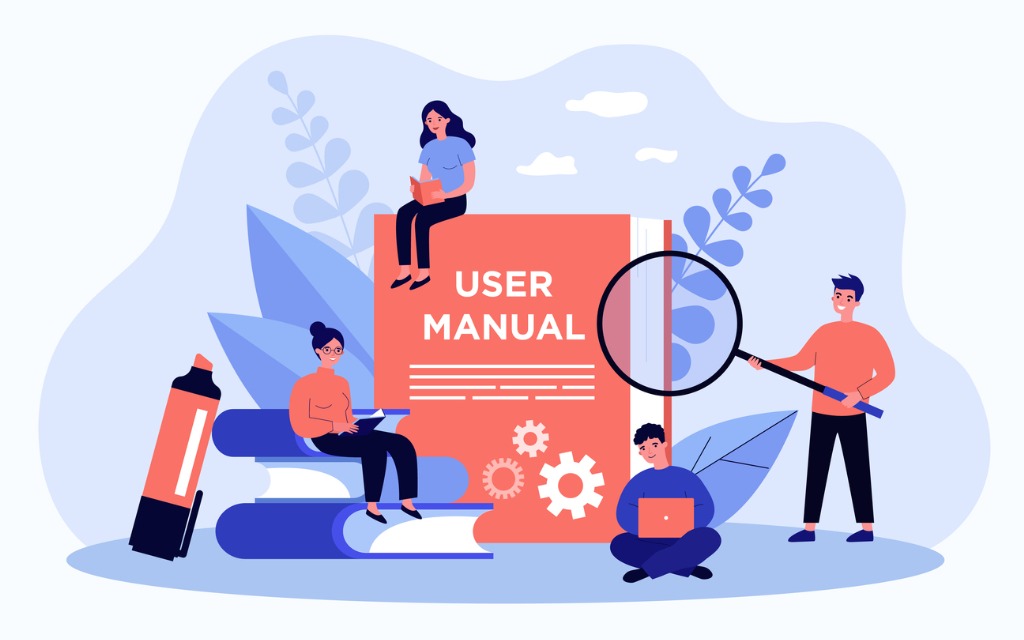SharePoint continues to be an essential component of organizational collaboration for companies around the world. Topics of interest this year ran the gamut from SharePoint permissions to migration assistance and every in-between. Let’s take a look at our top 5 SharePoint posts of 2021!
5. How to Merge Your OneDrive & SharePoint Admin Centers by Adrian Valencia

Preview:
Over the years, it’s become very evident that the number of active users of Microsoft SharePoint and OneDrive has increased significantly. In 2020, it was announced that there were over 200 million monthly active users and counting. While SharePoint has played a major role in creating dynamic sites for different departments, OneDrive has been a platform for storage and collaboration.
However, as the number of users rises, it’s now harder than ever for platform admins to monitor each simultaneously. Can you imagine how confusing it is to jump from one admin center to another to handle governance on both SharePoint and OneDrive?
Read the rest here!
4. SharePoint Migration Quick Guide: Best Practices for an Efficient Move by Sherian Batalliones

Preview:
Remote work is at the heart of many organizations today. The rise of this new standard has pushed business leaders to be innovative in allowing their employees to work without the familiar office tools to help them.
While the past has seen file servers and on-prem file shares, the cloud environment has delivered a new way of working and collaborating. Today, with modern collaboration platforms, users are promised data accessibility and convenient file sharing without the need to connect to the company network.
Read the rest here!
3. Why the SharePoint Intranet is Still Alive and Kicking by Timothy Boettcher

Preview:
Contrary to popular belief, the SharePoint intranet is not “dead” yet. As Microsoft continues to add new features and enhancements to the Microsoft 365 suite of solutions year on year, however, it seems that every year like clockwork there are people who love to announce the “death” of the SharePoint intranet.
…While these sentiments definitely reflect some of the ways that the modern intranet landscape continues to change and evolve in Microsoft 365, we’re here to explain why the SharePoint intranet is far from dead.
Read the rest here!
2. SharePoint Permissions Best Practices for Modern Information Architecture by Joy T. Apple

Preview:
Permissions and security in SharePoint have always been a little tricky. This is in part because we find ourselves trying to make security fit into the organic patterns we as humans work in. But security tends to be more rigid.
In our organizational constructs we may be able to contribute in some places but not in others, yet we put all our “stuff” into big buckets and apply permissions around the structure. This has been interpreted as granular permissions in our SharePoint architecture (e.g., yes, you may edit in this library except in folders A, D, and H… oh but it is ok in subfolders A.1 and D.4). This pattern has been widely repeated on sites and subsites as well.
Read the rest here!
1. How to Make the Most of Modern SharePoint Site Templates by Eric Overfield

Preview:
Microsoft is rolling out an updated templating experience for SharePoint Online and doing a little rebranding in the process. Once referred to as site designs, new site templates allow users to create new SharePoint sites based on Microsoft-provided templates as well as custom templates.
Templating within SharePoint is not necessarily new; Microsoft has been providing really great templates and ideas via their SharePoint look book for a while. SharePoint site templates bring much of that same experience directly into SharePoint, along with the ability to create personal and customized site templates to meet your requirements.
Read the rest here!

